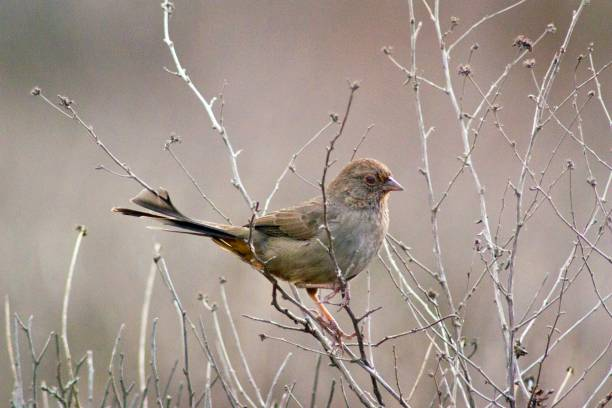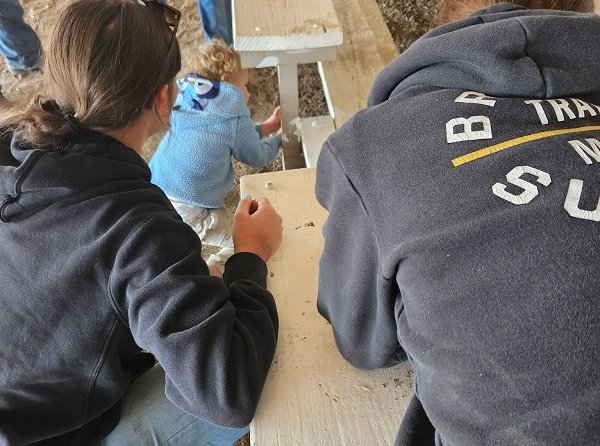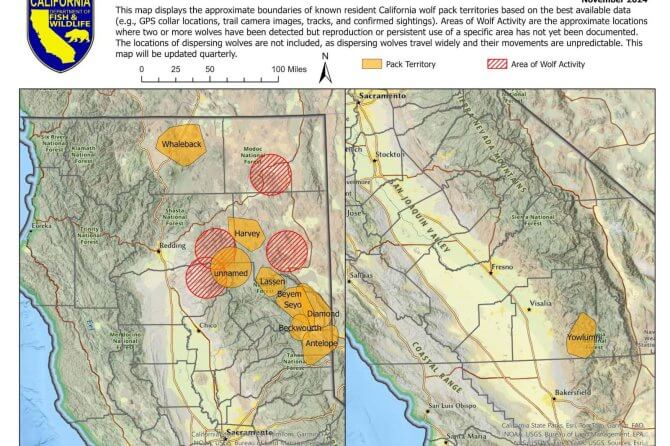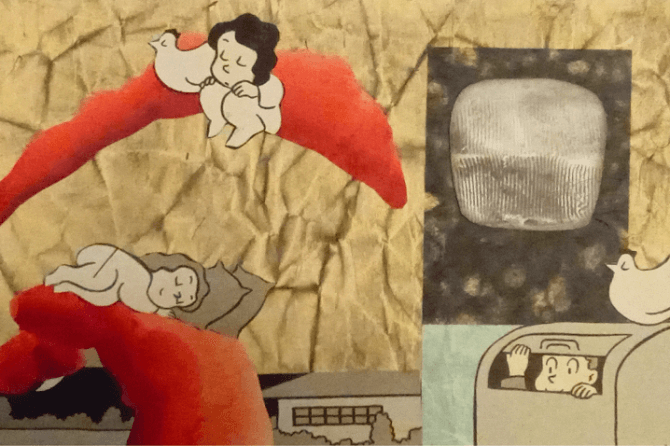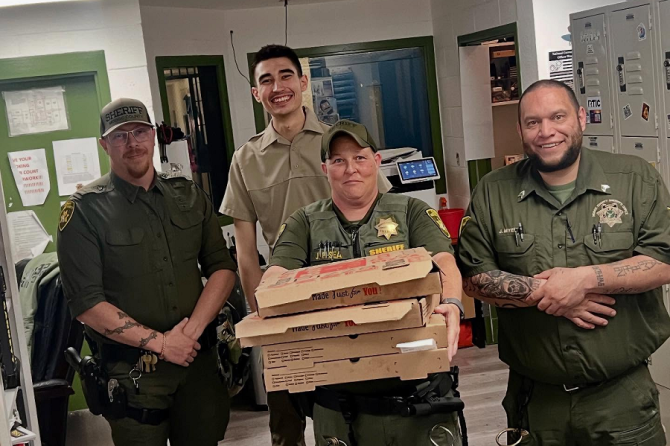A simple walk in the pines along the South Warners can rattle even seasoned bird-watchers when the local California towhee joins the chorus. An outing turned tense when a hiker mistook a California towhee’s rapid “chip-chip” call for an electronic distress beacon deep in the pine trees near the road to Jess Valley in the Modoc National Forest.
The hiker paused along the narrow trail after hearing what sounded like mechanical beeps from a lost-hiker locator or other emergency device. The pulses seemed to move through the trees, bouncing off the trunks, prompting a search for rescue gear or worse. Eventually, a plain brown bird flicked onto an open branch, pumping its tail in time with each metallic note.
The culprit was a California towhee (Melozone crissalis), a ground-foraging sparrow somewhat common in the Warner Range. Despite its subdued plumage and rusty under-tail wash, the species is known for a hard, repetitive call that can mimic electronic devices, especially when canyon walls or dense brush amplify the sound.
Field guides note that paired towhees keep contact with single “chip” notes, escalating into rapid sequences when disturbed—a cadence similar to personal locator beacons. In this case, the hiker followed the sound and, in the process, wandered farther off trail than planned, becoming briefly disoriented before regaining the path and arriving home late that night.
A Modoc resident, advises tracking the source before calling for help; if the “beacon” suddenly takes flight, the California towhee has likely joined the day’s checklist rather than a rescue log.

